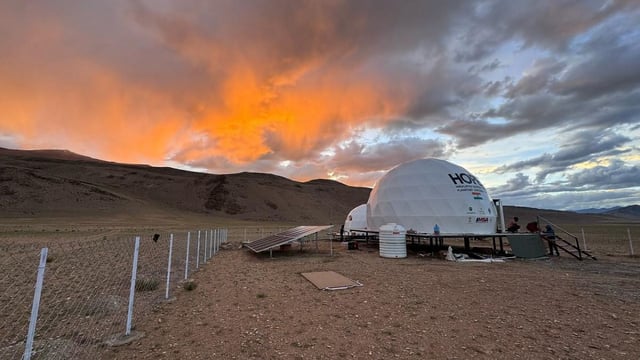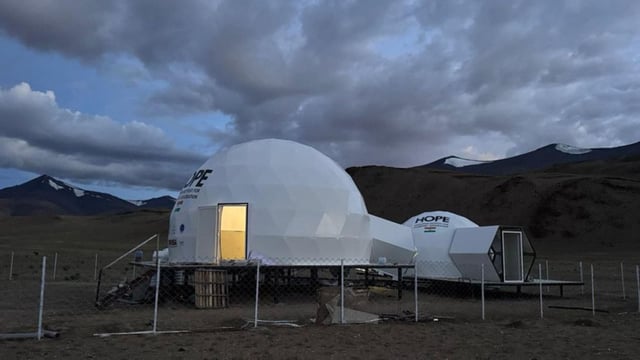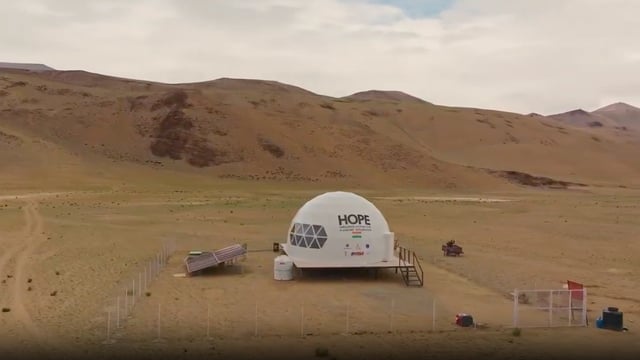Overview
- The 10-day HOPE analogue mission launched July 31 and runs from August 1 to 10 at Tso Kar Valley, simulating lunar and Martian conditions at nearly 40% oxygen levels.
- Aerospace engineer Rahul Mogalapalli and astrobiologist Yaman Akot were selected from a pool of 135 applicants to inhabit an inflatable habitat outfitted with hydroponics, sanitation and a self-sustaining kitchen.
- Physiological, psychological and technical data gathered so far is transmitted to ISRO’s Human Space Flight Centre and partners including IIT Bombay and private collaborator Protoplanet.
- Early findings will inform training protocols, life-support designs and operational procedures ahead of India’s Gaganyaan crewed launch targeted for 2027.
- Tso Kar Valley’s extreme isolation and Mars-like geology offer a critical test bed for refining systems on India’s roadmap to lunar missions by 2040.



